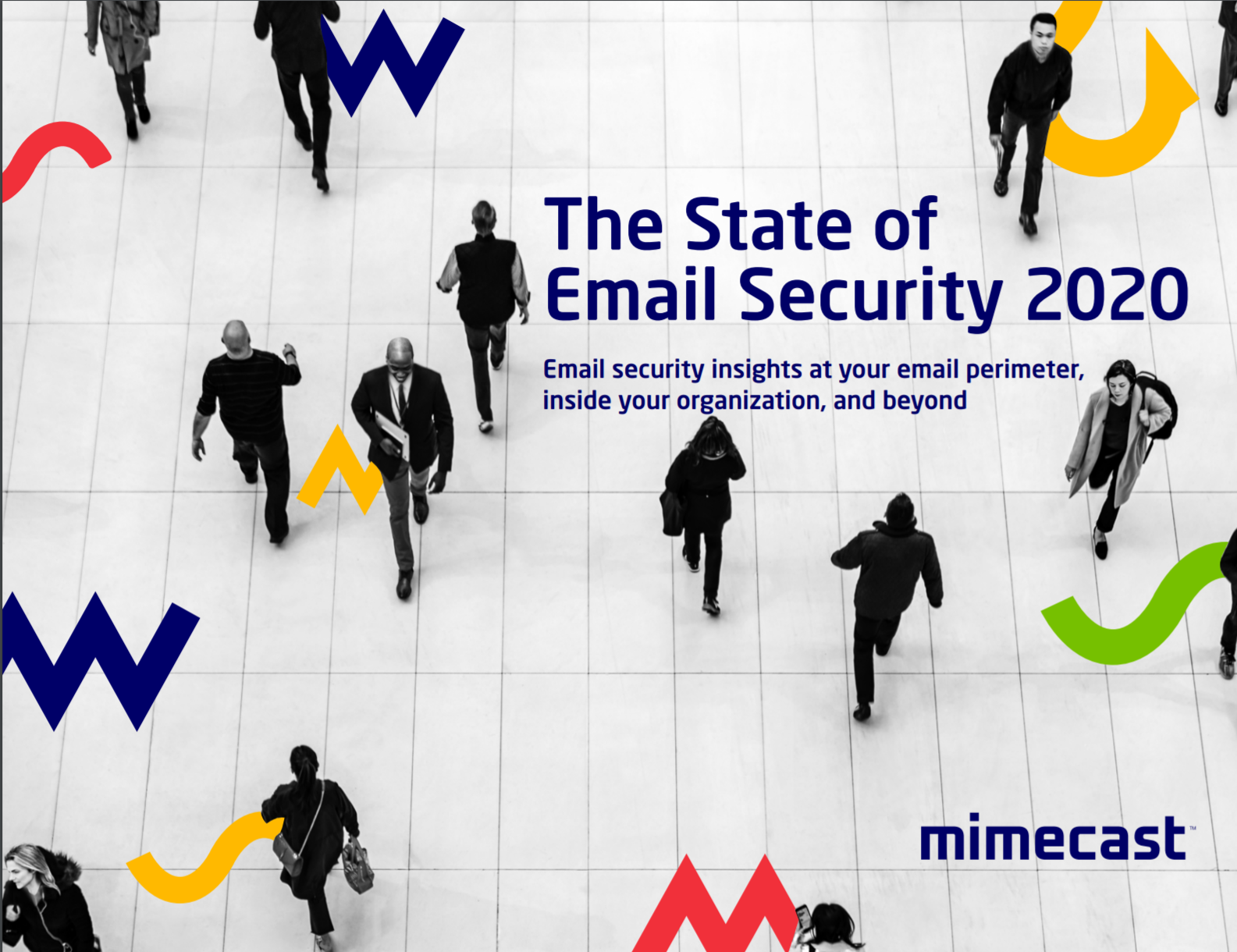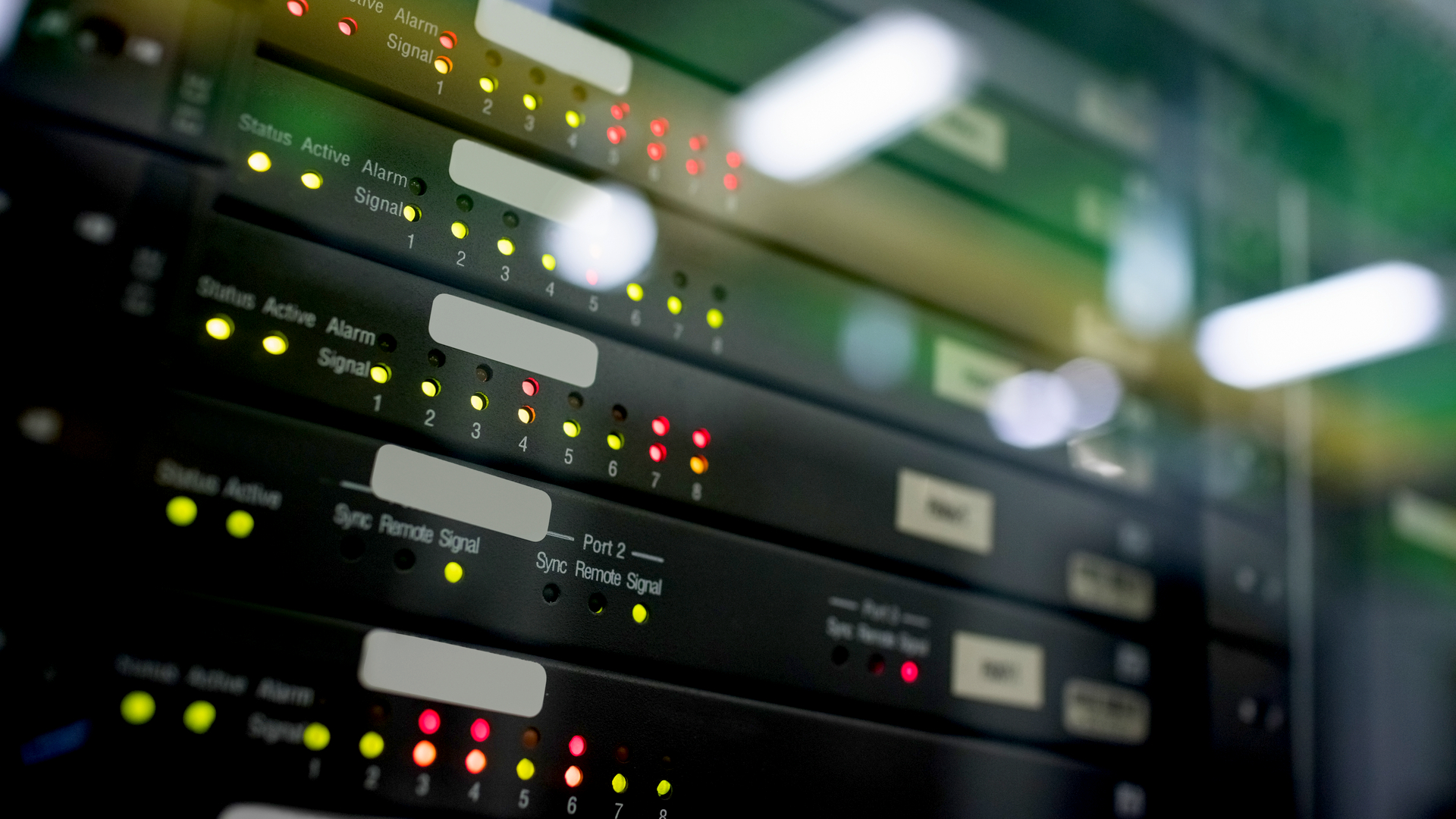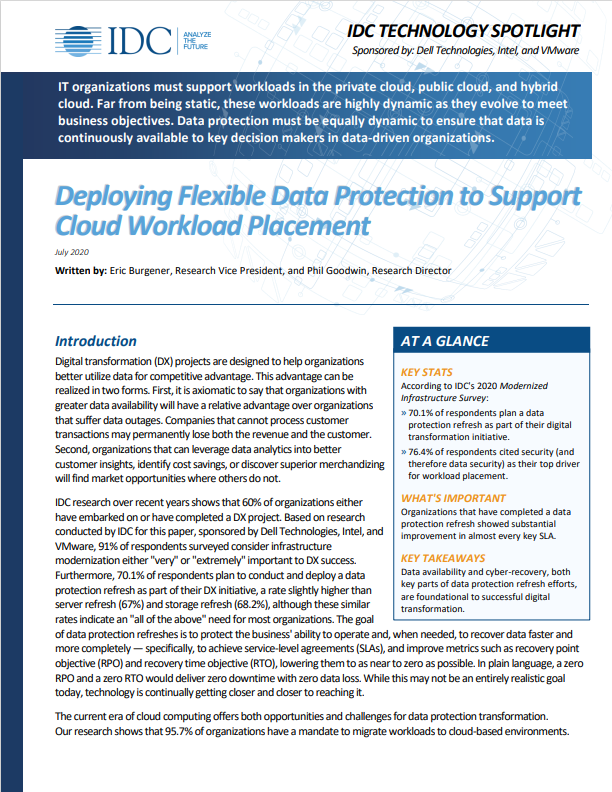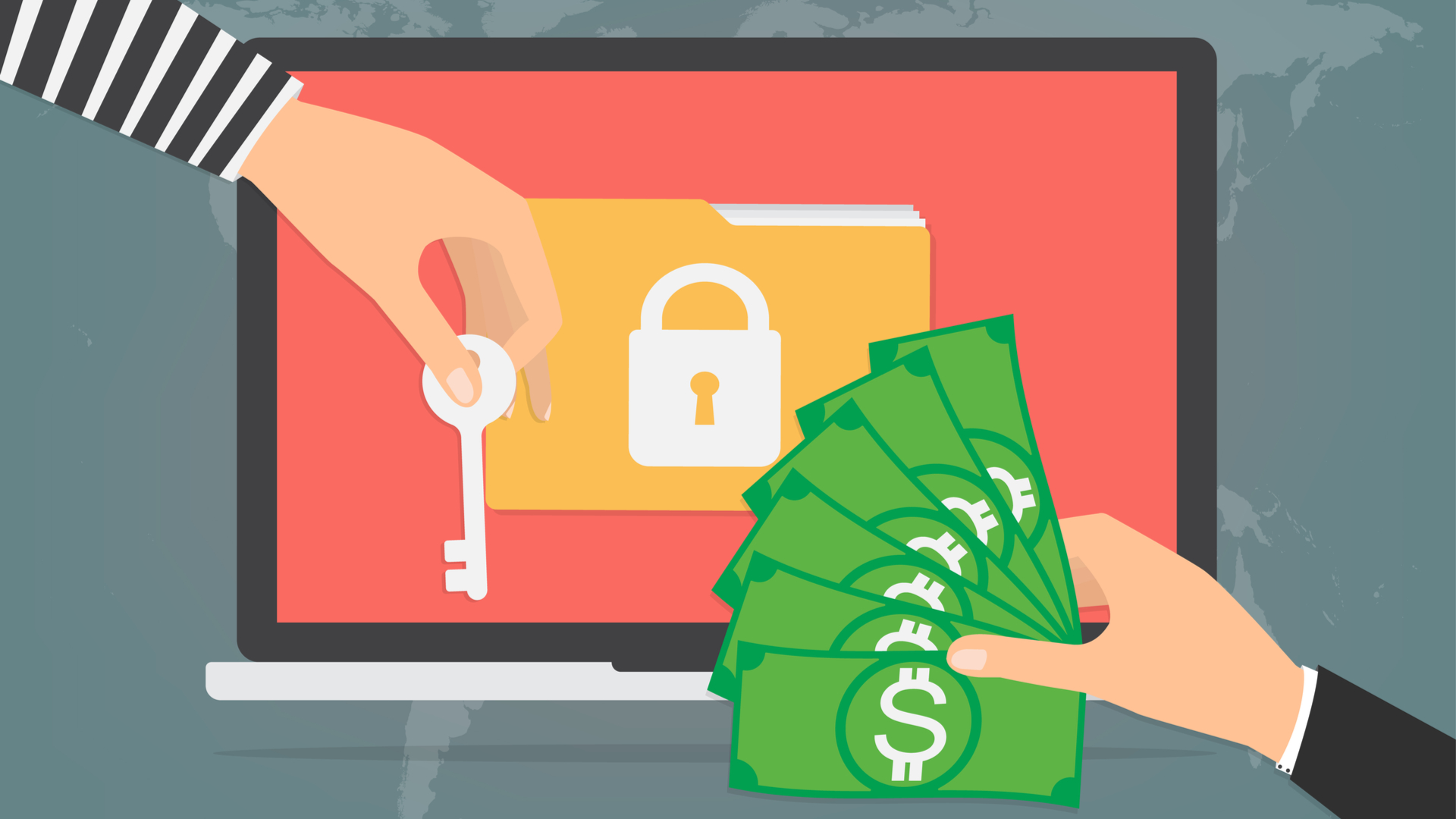Email archiving systems: The forgotten element of cyber security
With cyber criminals ready to pounce on overlooked systems, there's no time to lose

You would be hard-pressed to find a business today that doesn’t rely to some extent on email. Whether it’s used for internal communication between employees, for formal communication with partners and customers, or a mixture of both, email is an important component of a business’ functions.
No matter the type or extent of email usage, office workers receive an average of 121 emails per day. This creates data compliance and security issues, with a vast amount of data sitting in an employee’s inbox with limited safeguards, but workers can’t just delete these emails. With more than three-fourths of a company’s intellectual property accessible through email or messaging systems, many emails need to be organised, protected, and accessible long after they’re not regularly needed.
An email archiving system is the answer to these problems, but it continues to be overlooked in many organisations.
The data problem causes problems
121 emails a day is a lot of data. The typical worker’s inbox is being constantly stuffed with corporate resources and information, creating a data amalgamation that could overwhelm servers.
It also creates an enormous treasure trove for cyber criminals to target. Email-borne threats were already on the rise pre-pademic, with phishing one of the most common vectors of attack. Now, with remote workers operating with lowered defences and accessing resources through personal devices and networks off-premise, attackers are evolving and ramping up their attacks.
It’s clear that there’s a threat to email security, and that this threat is only growing. It’s high-time for organisations to prioritise their email defences, which they can do by addressing their email archiving system.
The role of email archiving systems
Email archiving is a simple way to optimise email management. It removes emails from your inbox and preserves them through continuous backup in a separate, easily accessible location. You’re still able to search through these emails by keyword, date, etc., but they’re out of the way of your main inbox,
Get the ITPro daily newsletter
Sign up today and you will receive a free copy of our Future Focus 2025 report - the leading guidance on AI, cybersecurity and other IT challenges as per 700+ senior executives
RELATED RESOURCE

The State of Email Security 2020
Email security insights at your email perimeter, inside your organisation, and beyond
Besides clearing your inbox, email archiving serves a more important purpose: to minimise downtime in the event of infiltration.
Email communication is vital for business operations, and without that functionality, it’s impossible for businesses to operate in the same way. Some archiving solutions offer extra disaster recovery capabilities to safeguard your data, and the best solutions feature barriers to fend off infiltration attacks.
A Forrester study discovered that most organisations require better encryption capabilities, whilst only 30% believe their current systems support needs for automatic spam, malware and virus protection. Look for an email archiving system that addresses these concerns, providing the security measures necessary to allow employees to operate software with confidence.
A desirable system should also ensure easy access through it's archives, be seamlessly integrated into existing infrastructure, and meet compliance requirements.
So why aren't they prioritised?
Why then, do businesses continue to overlook their email archiving systems? The software exists to ward off potential attackers, and yet the security gap isn't closing anywhere near fast enough.
The problem lies with awareness. Simply put, business users often don't know they're using an email archiving system. Under the assumption that such a thing doesn't exist, systems aren't given the attention they deserve despite their critical role in facilitating business operations.
So, allow time to study your email archiving system. Organisations would be well served to examine how effectively their current tools are fostering the speed and security demands of their users.
If current systems are found to be lacking, time mustn't be squandered. Cyber criminals are counting on you to continue overlooking your email archiving systems; until they are regarded as a priority, your emails will remain vulnerable prey.
-
 Bigger salaries, more burnout: Is the CISO role in crisis?
Bigger salaries, more burnout: Is the CISO role in crisis?In-depth CISOs are more stressed than ever before – but why is this and what can be done?
By Kate O'Flaherty Published
-
 Cheap cyber crime kits can be bought on the dark web for less than $25
Cheap cyber crime kits can be bought on the dark web for less than $25News Research from NordVPN shows phishing kits are now widely available on the dark web and via messaging apps like Telegram, and are often selling for less than $25.
By Emma Woollacott Published
-
 Veeam snaps up former Gigamon channel chief Larissa Crandall
Veeam snaps up former Gigamon channel chief Larissa CrandallNews Industry veteran will lead Veeam’s channel business as vice president of global channel and alliances
By Daniel Todd Published
-
 How much is 99.999% uptime actually worth?
How much is 99.999% uptime actually worth?In-depth Many service providers claim 99.999% uptime, but what does this actually mean?
By Barclay Ballard Published
-
 Deploying flexible data protection to support cloud workload placement
Deploying flexible data protection to support cloud workload placementWhitepaper Why data availability and cyber recovery are foundational to successful digital transformation
By ITPro Published
-
 RiverMeadow unveils multi-cloud disaster recovery solution
RiverMeadow unveils multi-cloud disaster recovery solutionNews The new capability helps protect VMware vSphere workloads both on-premises and in the cloud
By Praharsha Anand Published
-
 US government warns of increased risk of ransomware over holiday season
US government warns of increased risk of ransomware over holiday seasonNews CISA and FBI issue joint statement warning organizations not to let their guard down
By Rene Millman Published
-
 Property firm cyber attack leaves home movers in the lurch
Property firm cyber attack leaves home movers in the lurchNews Simplify Group customers were left unable to move house due to a systems outage
By Zach Marzouk Published
-
 Free decryptor key for REvil/Sodinokibi ransomware released
Free decryptor key for REvil/Sodinokibi ransomware releasedNews The key was made possible thanks to a collaboration between law enforcement and Bitdefender
By Rene Millman Published
-
 Datto launches its business continuity solution for Azure
Datto launches its business continuity solution for AzureNews Datto Continuity for Microsoft Azure helps MSPs recover data within minutes of an outage
By Praharsha Anand Published